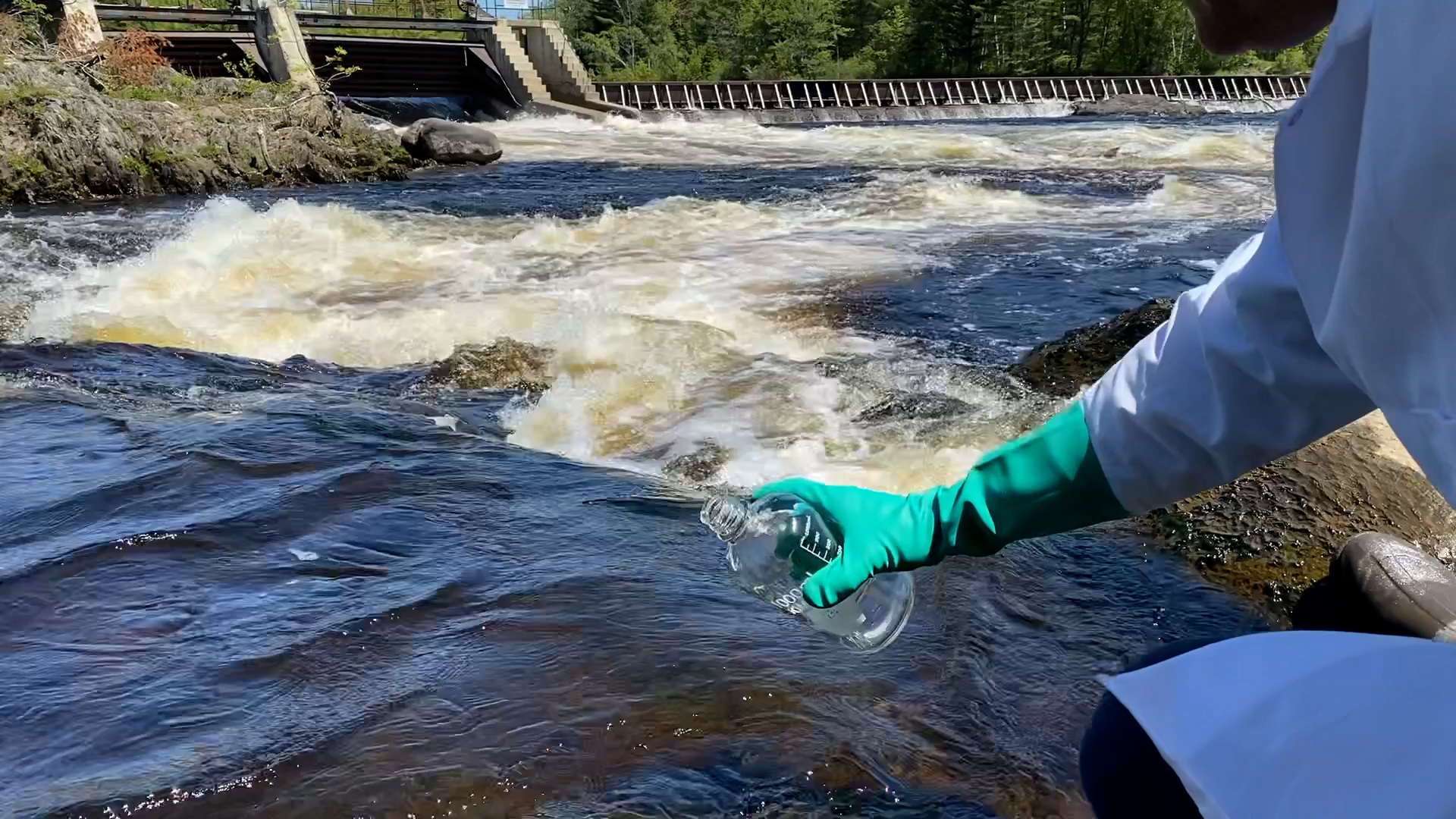

Oil in Water Analyzer
Oil in Water Identification and Quantification by ASTM D7575
FT-IR as ASTM approved alternative
The current standard methods to analyze oil and grease in water use highly flammable solvents such as pentane or hexane. The ASTM approved “standard test method for solvent-free membrane recoverable oil and grease by Infrared determination D7575” is a more convenient alternative.
The ALPHA II FT-IR oil analyzer identifies and quantifies oil and grease by processing a water sample through an oil capturing membrane (ClearShotTM extractor provided by OSS Inc.).
Features:
- Sub-ppm capability
- Solvent free analysis
- Fast and reliable results
- Economical cost savings
- Safe and simple operation
- No hazardous waste
Analyze oil contamination in:
- Drinking or tap water
- Effluent industrial water
- Ground and well water
- River and fresh water
Frequently Asked Questions
- How long does it take to perform a measurement?
Depending on the sample matrix, a sample bottle can be analyzed in 20 and 60 minutes. One of the key advantages of the ASTM D7575 method is multiple steps can be performed in parallel, resulting in an average processing rate of 3 to 7 sample bottles per hour. - Can I reuse the extractor?
The ClearShot™ extractor is a onetime use item. However, depending on the extractor that meets your specific needs, there is a difference. The 25 mm ClearShot extractor is designed to measure 5 to 200 ppm oil concentrations using a 10 ml sample size. The 13 mm ClearShot extractor is designed to measure 0.2 to 40 ppm oil concentrations using a 10 ml sample size. - Can I analyze oil and grease concentrations greater than 200 mg/l?
Yes, by performing volume corrections. While method calls for 10 mL of the sample to be processed through the ClearShot™ Extractor, less volume (as little as 2 mL) may be processed to analyze oil and grease concentrations above 200 mg/L. - Can I analyze oil and grease concentrations less than 5 mg/l?
Yes, by performing volume corrections or using a ClearShot™ Extractor with a smaller surface area. While the method calls for 10 mL to be processed through the ClearShot™ Extractor, more volume may be processed to analyze oil and grease concentrations below 5 mg/L. Similarly, a smaller membrane surface area will further concentrate the oil and grease. - What is the shelf-life of an oil and grease extractor?
Customers using ClearShot™ Extractors have not reported deviations for Extractors held in reasonable storage conditions for up to 2 years. If extractors have visible signs of degradation at any point in their shelf life, do not use these Extractors for testing. - Can you also analyze oil in soil?
Yes, there is also a simple, accurate, safe method available that can be performed at the site. The method uses just 10 grams of soil, 10 ml of acetone and within 10 minutes, using an FTIR unit, you have your concentration of oil. It is also possible to determine the identity of the oil, should that be required.